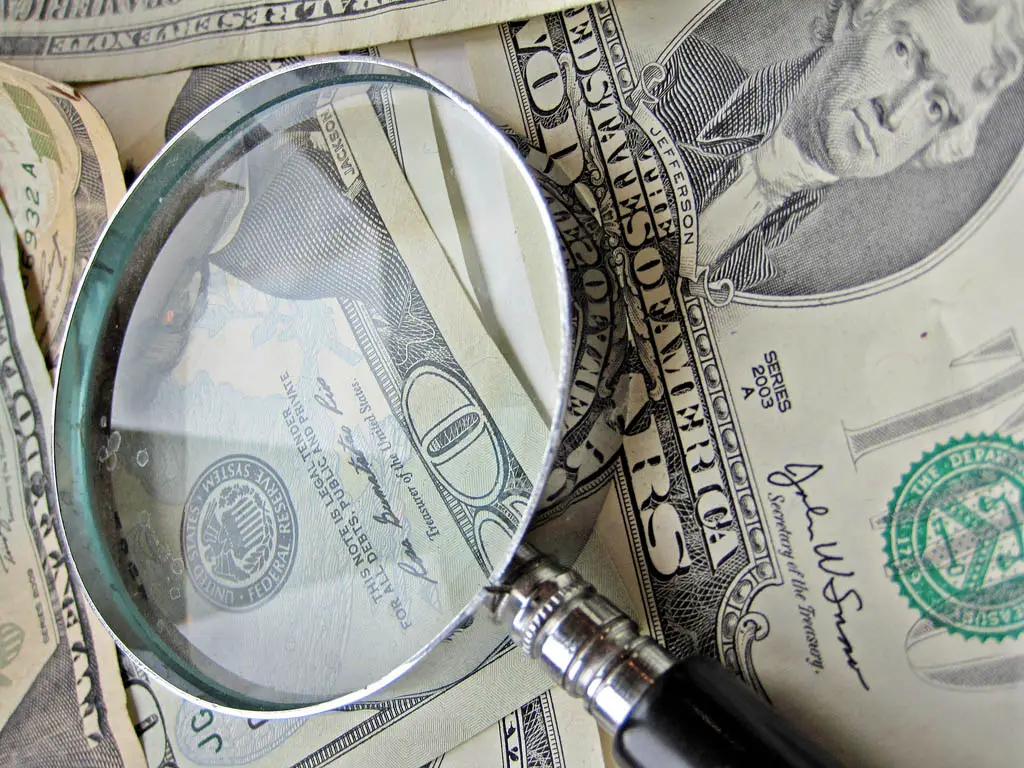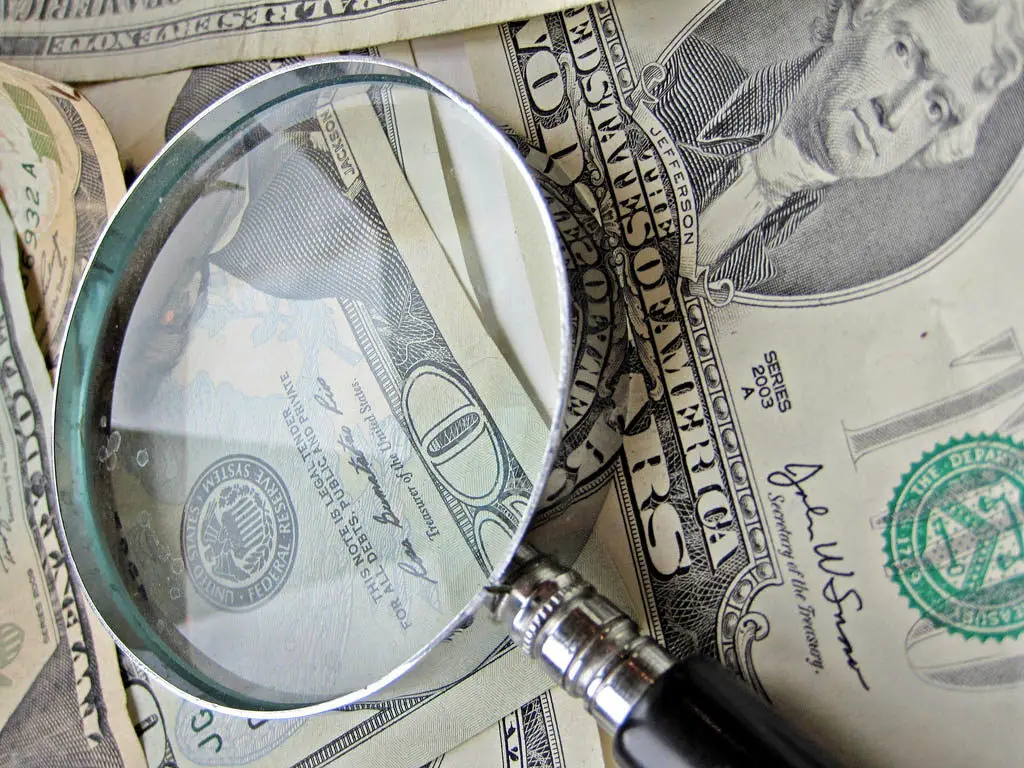
Just like in the movie “Money Ball” where they quantified what was the most important factor that lead to wins in baseball games, I have also tried to help new traders cut through all the noise, and focus on what really matters. The quantification and capture of trends for profits in the time frame you are trading, is the most important aspect of what we do. Here are ten important metrics that I look for when I trade that give me a profitable edge. These are based on math, not belief or ego.
- Expected win versus loss percentage. Your winning percentage performance is the first step to profitability.
- Average win size. The higher your winning percentage, the smaller your wins can be. The smaller your winning percentage, the bigger you wins must be to make you profitable.
- Risk versus reward ratio. Risking little for a high probability chance to make a lot should be your focus.
- Historical performance of entry signals. You must have an understanding of how your entry signals did in your time frame in the past.
- Exiting trades to maximize gains. The use of trailing stops and overbought/oversold oscillators for targets help with maximizing profits.
- Proper position sizing. This keeps losses from being over 1% of total trading capital. Not having big losses is a big step to profitability.
- Limiting total risk exposure at any one time to 3% of total trading capital. Eliminating big drawdowns and the risk of ruin is the first thing a trader must do.
- The frequency of your trade entries is important. Will there be enough trades to make your system work when you really start trading? Will there be too many signals that lead to lowering your win rate, or over trading and excessive commissions?
- Consider market volume. Does the volume in the markets you want to trade keep the bid/ask spreads tight to avoid large slippage? This is especially true for option markets, over-the-counter markets, or for trading systems that are not scalable.
- Hope for the best, but plan for the worst. What are your expectations for maximum drawdowns in your trading capital? Can you handle it emotionally and mentally?
